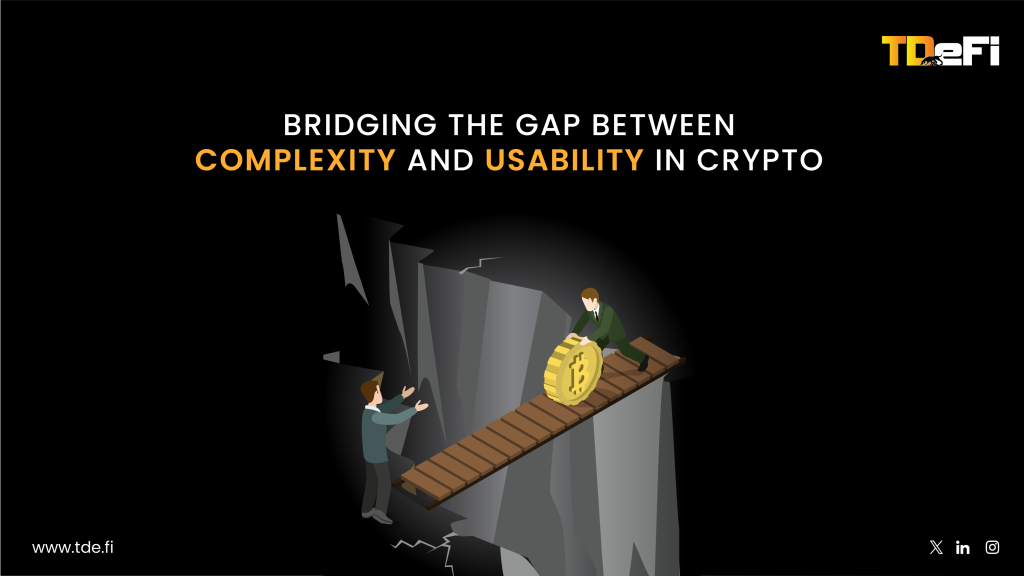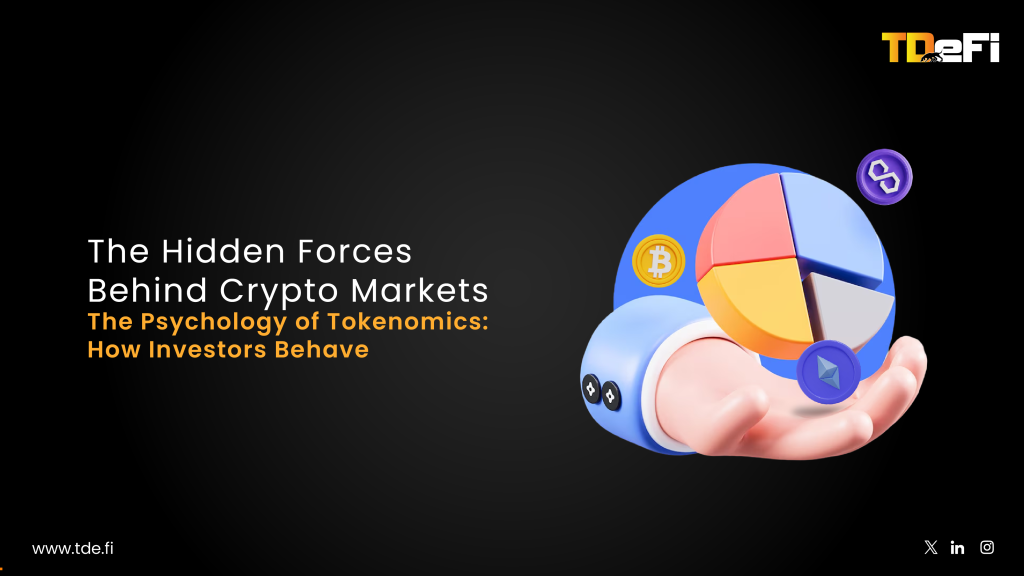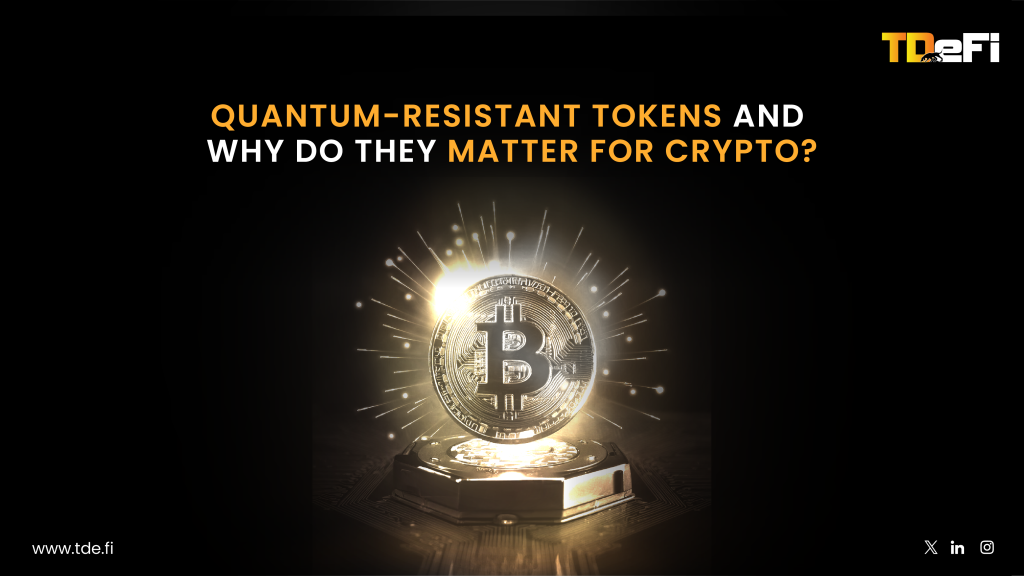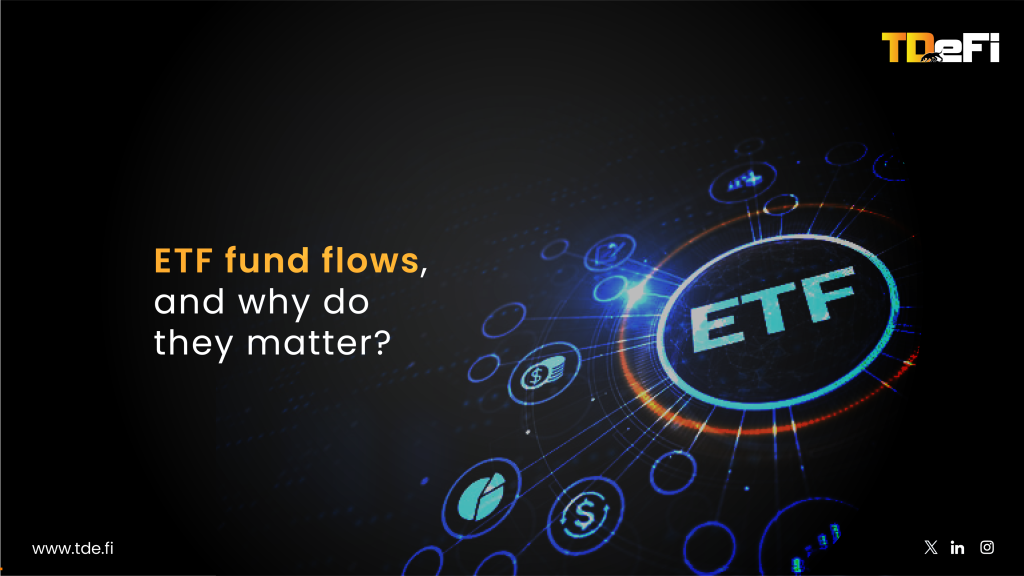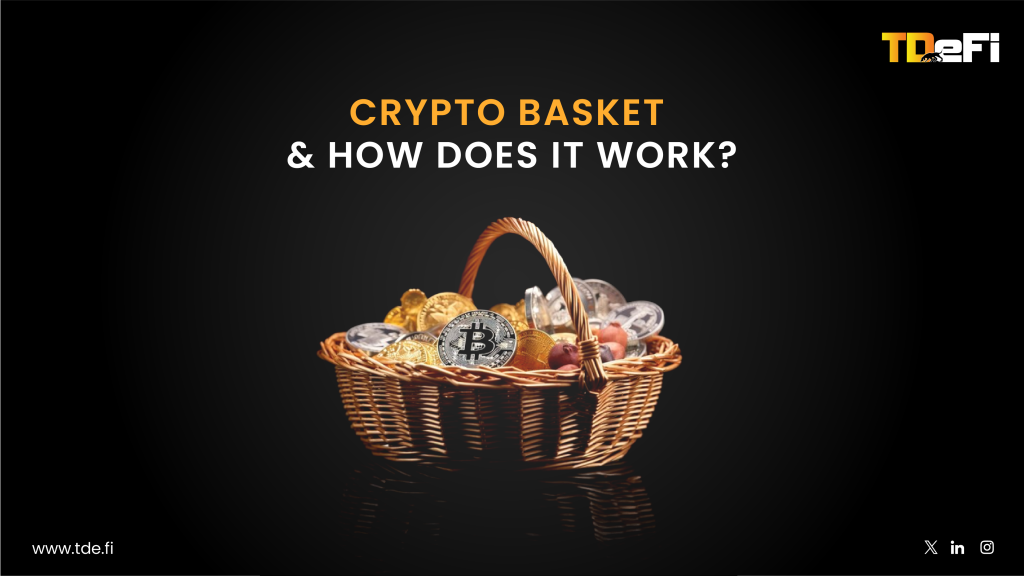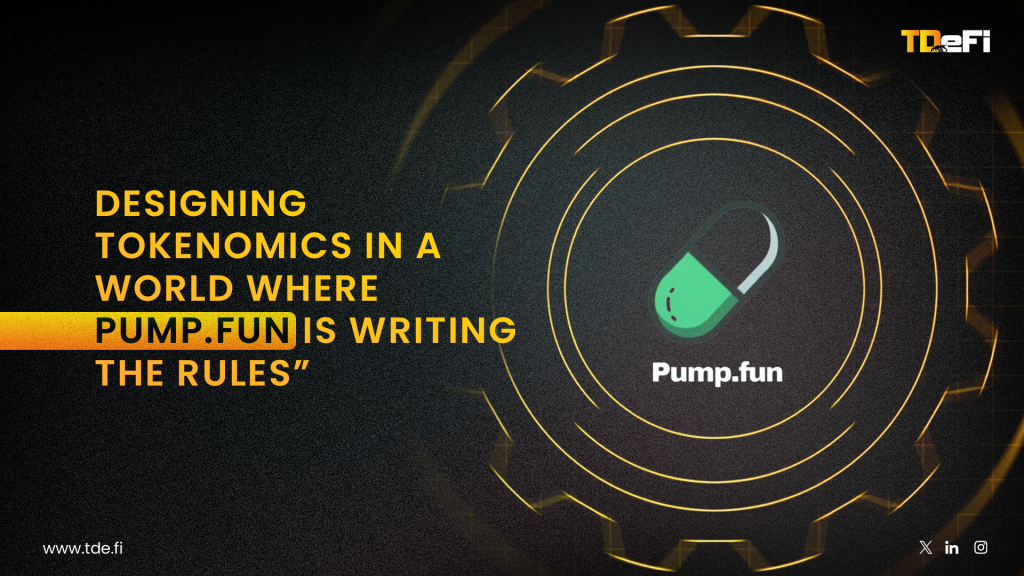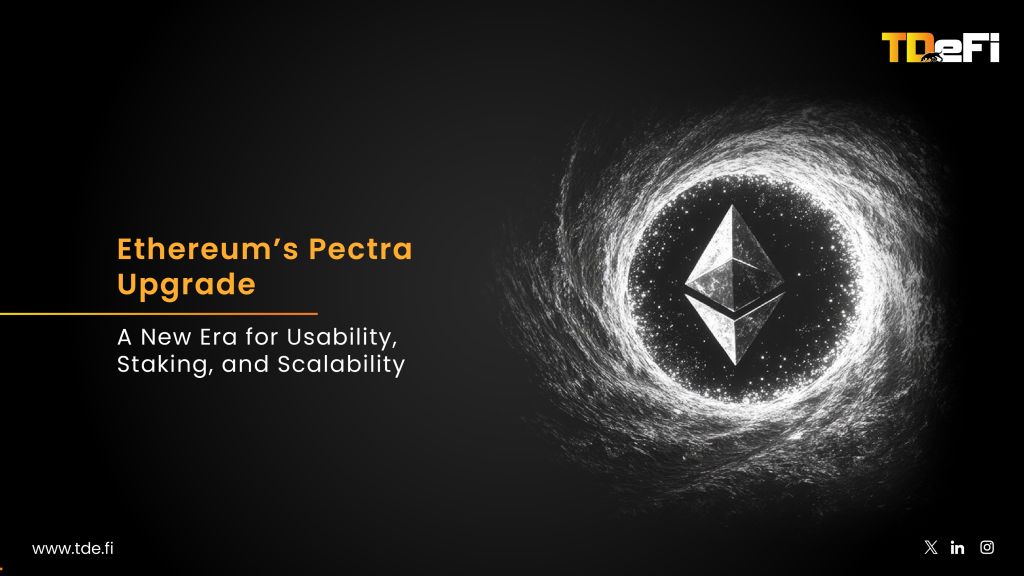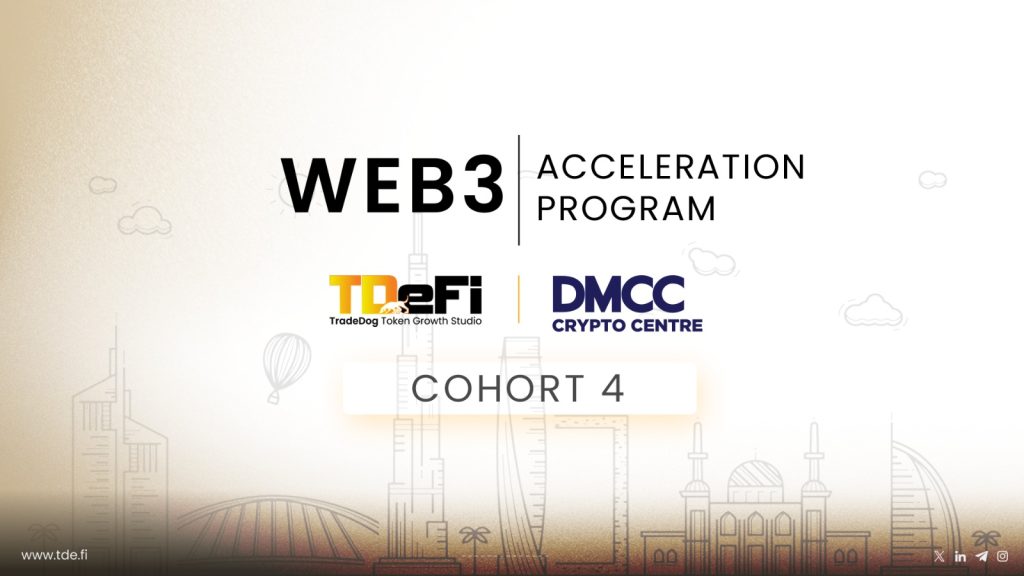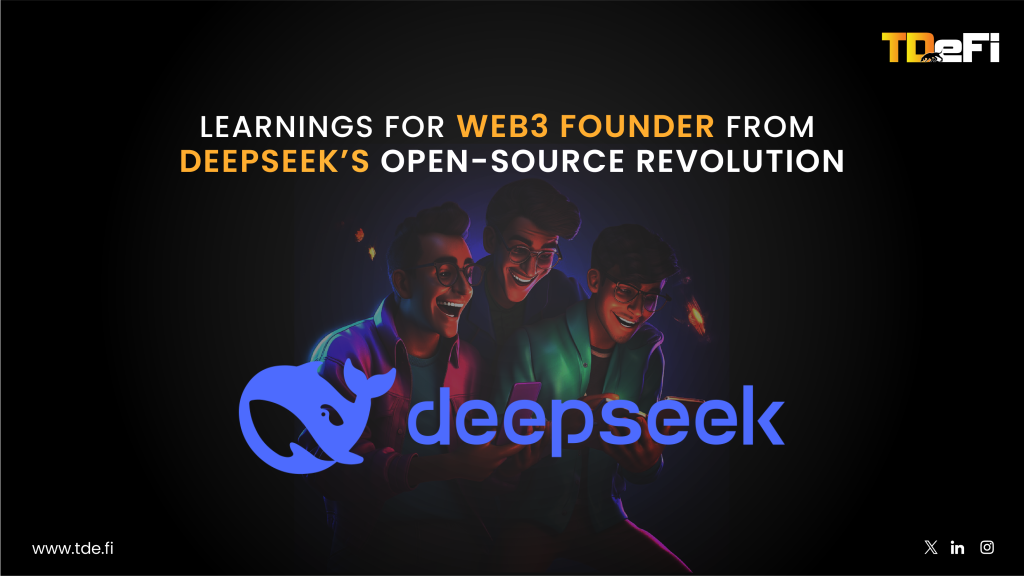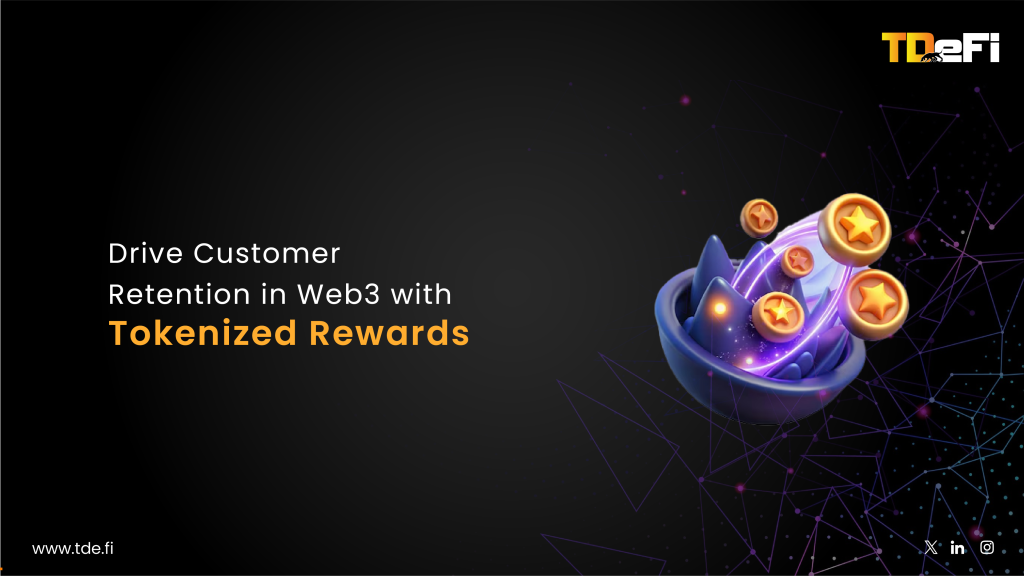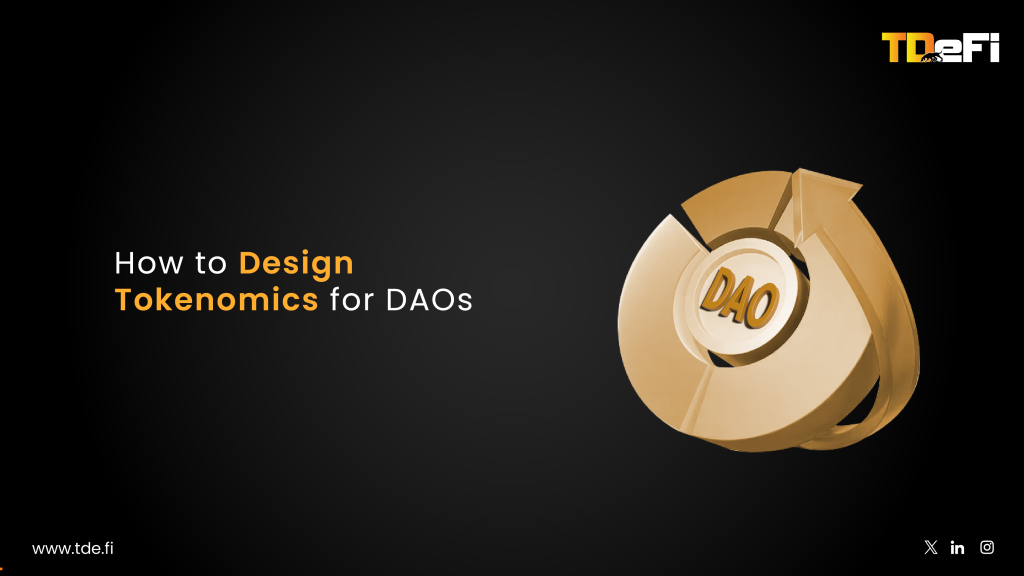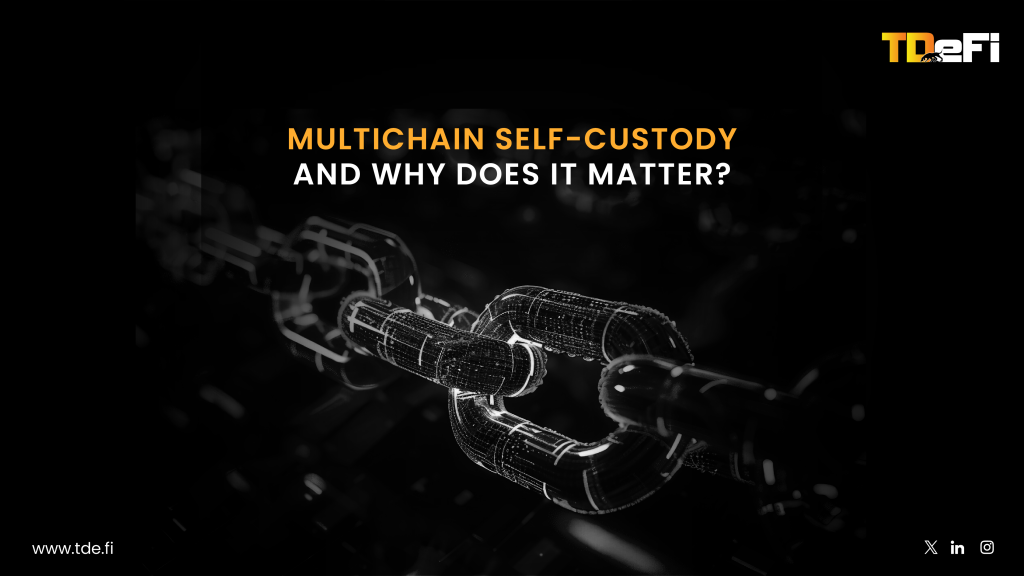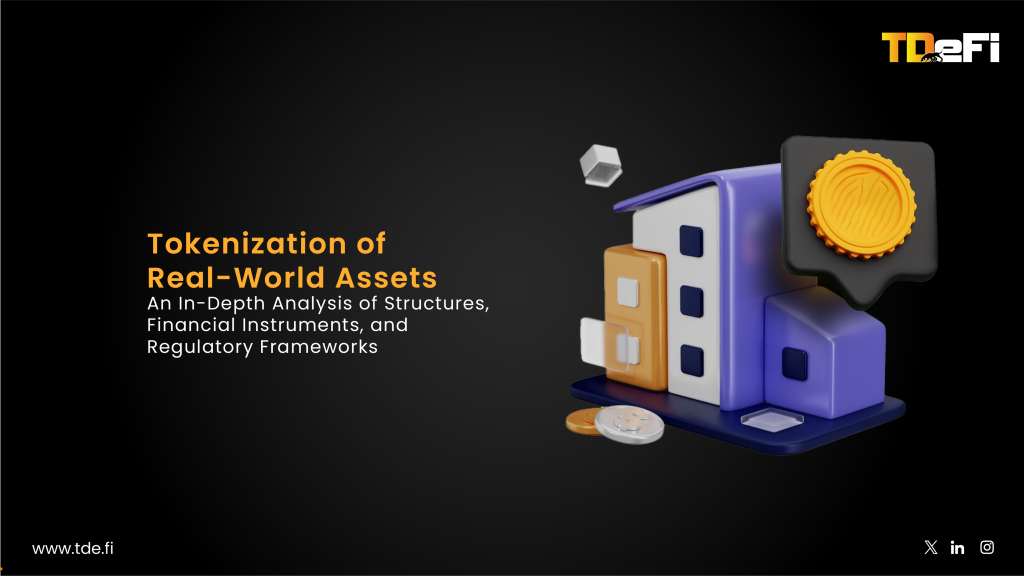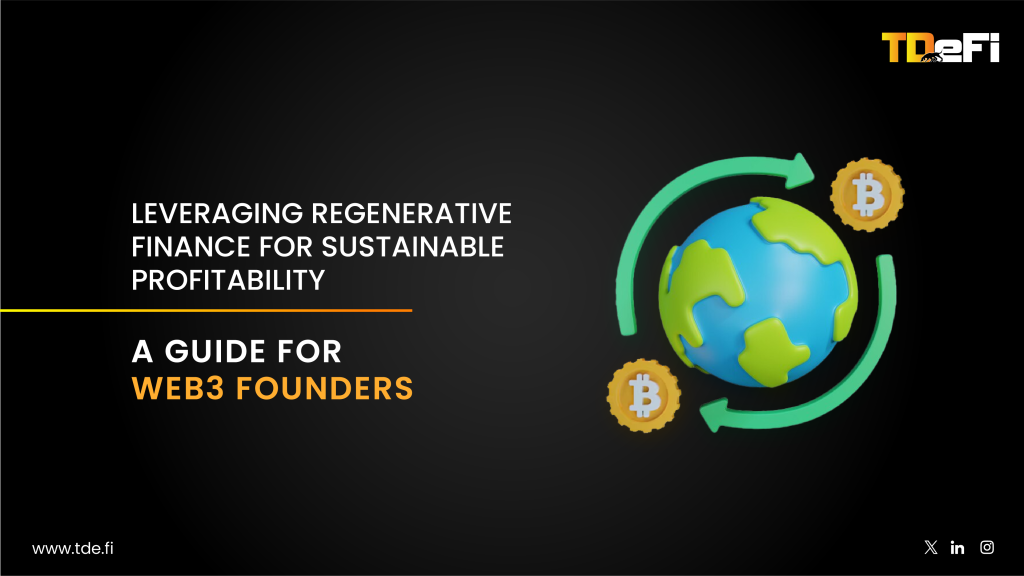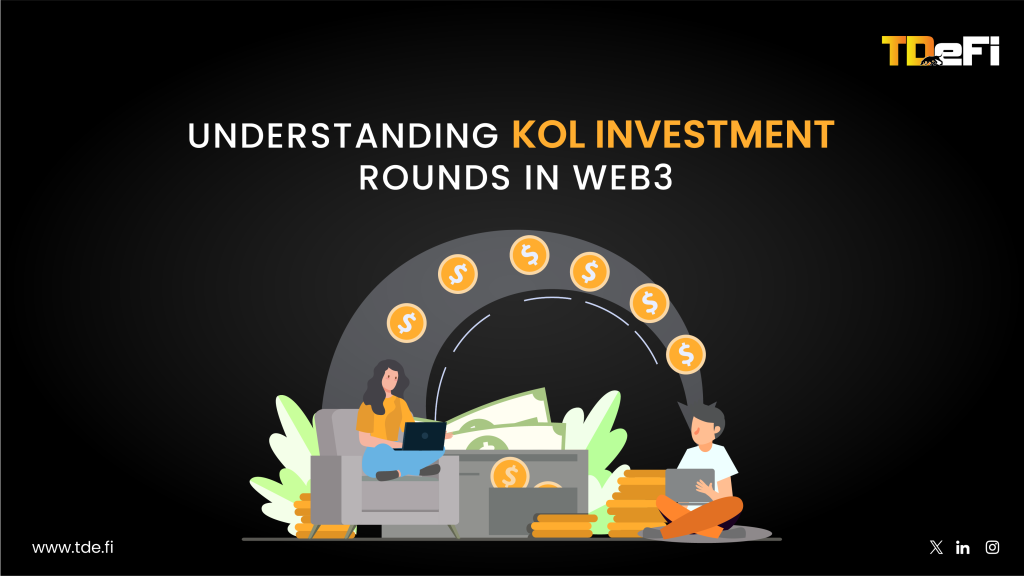TL;DR
Founders panic-selling their own tokens is one of the most damaging events for any Web3 project. This behavior is the result of psychological pressure, flawed tokenomics, and often a lack of founder experience with sudden wealth and volatility. Real-world cases like Confido and countless pump-and-dump schemes show how devastating these actions are for trust, price, and the wider ecosystem. To avoid this fate, founders must design for alignment, transparency, and long-term value creation. This blog covers the psychology behind panic selling, reasons why tokenomics governance fails and how to build panic-proof protocols along with real-world examples.
Intro
In Web3, nothing erodes trust faster than a founder panic-selling their own token. It’s the moment when the narrative fractures, the community recoils, and the project’s future is thrown into doubt. Yet, this phenomenon is far more nuanced than greedy founders cashing out. It’s a complex cocktail of psychology, flawed incentive structures, market cycles, and, sometimes, systemic design failures. To build protocols that last, founders and VCs need to understand not just the symptoms, but the root causes and the architecture of resilience.
The Psychology Behind Panic Selling
Here’s why even visionaries lose their nerve:
1. Fear, Uncertainty, and the Human Condition: Crypto is a pressure cooker. Founders, even those with conviction, are not immune to the same cognitive traps as retail traders: loss aversion, FOMO, and the dread of being the last one holding the bag. When token prices nosedive, the urge to de-risk and secure personal or company runways becomes overwhelming, especially when most of a founder’s net worth is locked in their own volatile creation.
2. Social Contagion and the Herd Instinct: Web3 is a hall of mirrors. If other founders or early insiders are selling, the pressure to follow suit is immense. The “if I don’t sell now, someone else will” logic is a classic game theory trap—one that can trigger a cascade of panic selling and price collapse
3. Real-World Pressures and First-Time Wealth: Many Web3 founders are first-time entrepreneurs, suddenly holding millions in tokens but facing real-world needs like taxes, payroll, regulatory uncertainty, or even personal security. Without a plan, the rational move can feel like selling, even if it’s at odds with the project’s long-term vision.
4. Misaligned Incentives: Too often, tokenomics are designed for short-term hype, not long-term alignment. If founders receive large, immediately liquid allocations, the rational move, especially in a bear market, is to sell. Without proper vesting or lockups, even the best intentions can falter.
Where Tokenomics and Governance Fail
1. Broken Vesting and Distribution: Too many projects still hand founders and insiders massive, immediately liquid allocations. When there’s no multi-year vesting, no meaningful cliffs, and no lockups, the system quietly encourages short-term thinking and exit behavior.
2. Over-Engineered Hype, Under-Engineered Utility: Projects that prioritize short-term token price over real utility set themselves up for disaster. If the token’s only purpose is speculation, it becomes a hot potato—one that even founders want to offload before the music stops.
3. Centralized Control and Lack of Transparency: When a handful of wallets control a majority of supply, even small sales can tank the price and destroy trust. Add poor communication or opaque treasury management, and you have a recipe for suspicion, fear, and reflexive selling.
4. Regulatory and Legal Uncertainty: Founders operating in a legal grey zone often feel pressure to get liquid before the rules change. Without clarity on tax, securities law, or KYC/AML, the rational move can be to sell and secure personal safety at the expense of the project’s reputation.
How to Avoid It and Build Panic-Proof Protocols
1. Architect Relentlessly Aligned Tokenomics
a. Multi-Year Vesting with Real Cliffs: Founder and team allocations should unlock gradually over 3–5 years, with significant cliffs. This isn’t just optics—it’s a signal to the market that you’re here for the long game.
b. Progressive Unlocks Tied to Real Milestones: Don’t just tie unlocks to time—link them to ecosystem or usage milestones. This ensures founders are rewarded for progress, not just patience.
c. Decentralized Distribution: No single wallet or group should control a critical mass of supply. Use DAOs, community airdrops, and transparent treasuries to spread ownership and responsibility.
2. Build Real Utility and Demand
a. Utility-Driven Token Design: Tokens must have genuine, in-protocol use—governance, staking, access, payments. If speculation is the only use case, even founders will want out.
b. Iterate on Utility: As your protocol evolves, so should your token’s utility. Keep the community engaged with new use cases and integrations.
3. Foster Radical Transparency and Community Ownership
a. Transparent Disclosures: Publish founder vesting schedules, wallet addresses, and any planned sales. Radical transparency builds trust and deters rumor-driven panics.
b. DAO Oversight: Major founder sales or treasury moves should require DAO approval or at least community notification. This isn’t bureaucracy—it’s accountability.
4. Equip Founders with Tools and Mindsets for the Long Game
a. Financial Planning and Education: Provide founders with access to financial advisors, tax experts, and liquidity management tools. The best founders are those who can weather volatility without being forced to sell.
b. Emotional Discipline and Perspective: Founders must learn to zoom out. Understanding market cycles, setting clear personal and project goals, and resisting herd behavior are as critical as any technical skill.
5. Communicate Through Volatility
a. Proactive, Honest Communication: When market conditions change or vesting events approach, founders should communicate intentions clearly. Uncertainty is the enemy of trust.
b. Share the Journey: Invite the community into the process. When users feel like co-owners, they are more likely to support founders through volatility—not abandon ship at the first sign of trouble.
Real-Life Examples
1. Mark Schaefer and the $RISE Token Collapse
Mark Schaefer, a respected creator, launched the $RISE token on Rally, a platform backed by a16z. Despite his best intentions, the project was battered by speculators and market volatility. As whales dumped tokens, Schaefer himself was forced to intervene, even investing his own money to stabilize the community. When the broader crypto market crashed and Rally suspended operations, Schaefer and his holders were left with losses. The lesson? Even ethical founders can be forced into defensive selling by flawed systems and external shocks.
2. Confido (CFD): The Classic Rug Pull
In 2017, Confido’s founders launched an ICO, hyped the token, then abruptly disappeared after dumping their own holdings at inflated prices. Investors lost everything. The Confido collapse is a textbook case of founders manipulating price and sentiment, then panic selling their entire allocation before vanishing
Closing Thought
Panic selling by founders is rarely about greed. It’s about fear, misaligned incentives, and architectures that reward exit over endurance. The founders and VCs who design for resilience while aligning tokenomics, practicing transparency, and building cultures that value the long game over the quick win will define the next era of Web3.
In a world where code is law but trust is everything, the ultimate signal is skin in the game. If you want your community to believe, show them you do too.
At TDeFi, we help founders build Web3 startups where holding and building is not just rational, but the obvious, courageous, and rewarding choice. From tokenomics to vesting schedules, we have everything you need to guide you in this ever-evolving space. If you’re ready to build for the long game, connect with us today!















